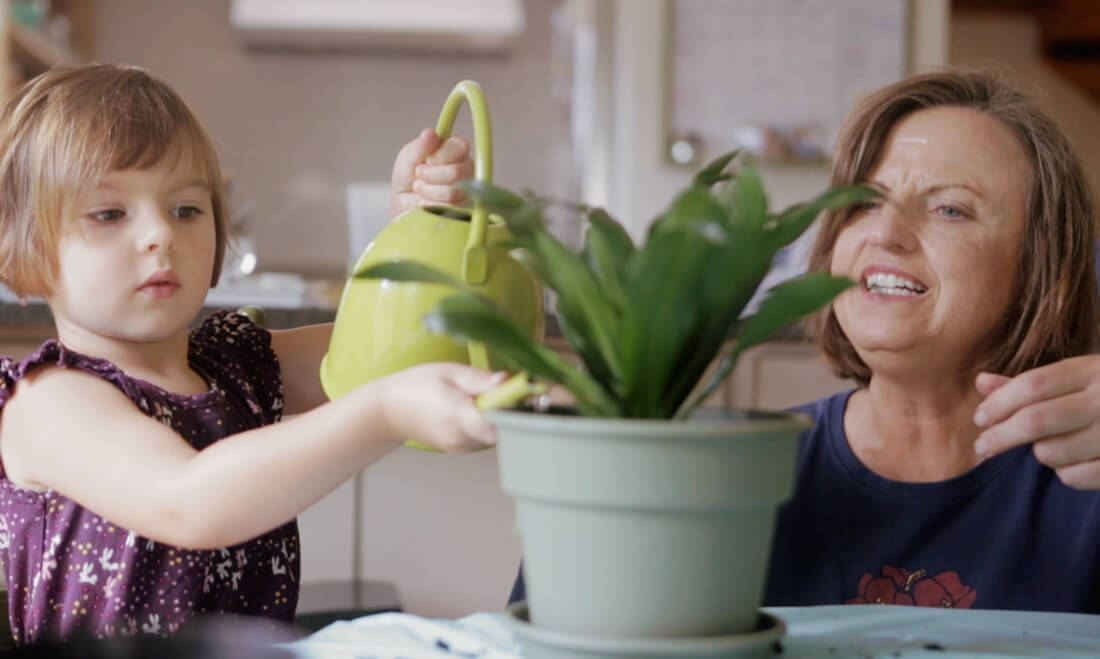Clay or concrete? Molded or cobbled? Whether you’re building a patio, a walkway, or a driveway – or working with a landscape architect to design an entire project – you’ve got a lot of different options when it comes to paver materials.
At Hursthouse, we’ve been building hardscapes for our client’s landscapes for more than 25 years. We’ve found that sometimes the most important questions are the ones you forget to ask.
Here’s how we suggest you cut through the clutter and understand what you really need.
Start with what’s there
“Your palette isn’t every material in the world – it starts with what’s already there,” says Hursthouse designer Jeff True. “So you’ve already got a head-start in the decision-making process.”
Jeff recommends taking a good look at your home and your existing landscape before you start looking at hardscape materials. Is there brick in your house that should be duplicated in your patio? Are there colors that need to be carried over or complemented?
Your landscape isn’t a new home – it’s an addition to what you already have. This simple step can help you narrow down your options to the best ones fast.
Determine priorities
Now it’s time to decide what other factors matter most to you. Consider questions like the following:
- Do you have a certain color in mind?
- Are paving bricks your preference, or do you want to use stone?
- Is budget a priority, or is it more important to build something that will last a long time?
- How will your hardscape function – does it need to bear the weight of vehicles or is it “foot traffic only”? Is it going to stand up to shovels and plows all winter, or will it spend a season under the snow?
The costs may surprise you
Once you know your priorities, it’s time to start comparing cost and value for any materials that best fit your home. Here’s where working with a landscape architect can often be most helpful.
“A lot of people assume that man-made materials are always going to be cheaper – but that’s just not true any more,” Jeff True says. “In our case, we’re buying bluestone by the ton instead of by the square foot – so we can offer it to our clients really affordably. And our limestone is locally quarried – so for a retaining wall, for example, that’s sometimes even more affordable for our clients than a man-made choice like concrete block.”
One important difference is that man-made materials are often easier for hobbyists to work with – while dealing with natural materials requires a certain degree of craftsmanship. If you’re doing a hardscape on your own, Jeff admits, it’s probably better to stick with a more manufactured look.
Want to know more? Find photo and video of some of our favorite hardscapes right here, or learn how Hursthouse would approach your Chicago-area landscaping project on this page.


